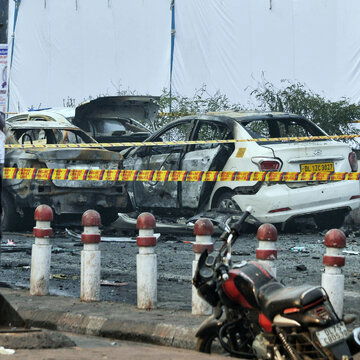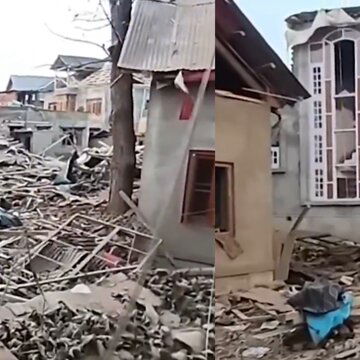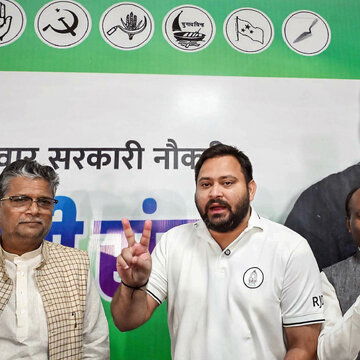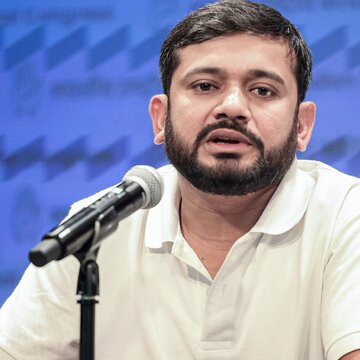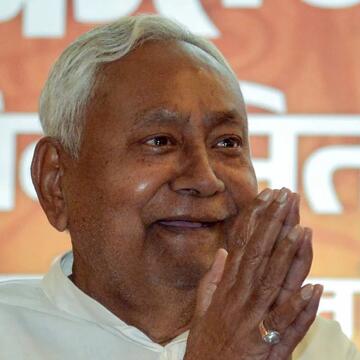Investigators into Monday’s deadly car explosion outside Delhi’s Red Fort seem to have unearthed what was clearly part of a far more sinister plan.
Sources close to the Delhi Red Fort blast told NDTV that 32 vehicles-a Maruti Suzuki Brezza, Maruti Swift Dzire, Ford EcoSport, and a Hyundai i20 that exploded-were being readied for a coordinated series of blasts across the national capital.
As per the report by NDTV, the cars, including the Hyundai i20 that went up in flames near Red Fort on Monday evening, were being prepared for a chain of coordinated explosions across several parts of Delhi, scheduled for December 6, as an “revenge” on the anniversary of the Babri Masjid demolition. Officials now suspect that the Red Fort blast was triggered prematurely, possibly by one of the operatives himself, derailing the terrorists’ original plan.
Also Read | Delhi blast probe: DNA from severed leg confirms Dr Umar Un Nabi drove explosive-laden car near Red Fort
How old cars helped mask a deadly plot
NDTV reported that the four vehicles that have so far been identified were intentionally selected as they were older models sold several times, which might make it harder to track them. Investigators have since located all four.
The Brezza was recovered from the Al-Falah School of Medical Sciences and Research Centre in Faridabad, Haryana-now seen as the nerve centre of the terror network. The EcoSport, with registration number DL10 CK 0458, was found abandoned late Wednesday in Faridabad with a young man sleeping inside. He has been taken into custody. The Dzire, seized earlier this week, had an assault rifle and live ammunition.
Thirteen people died in Monday’s explosion caused by the i20 packed with high-grade explosives and ammonium nitrate fuel oil. DNA tests have confirmed that Dr Umar-un-Nabi, a 35-year-old doctor from Pulwama, died in the blast, believed to have accidentally triggered the device.
A terror cell in disguise
According to the report by NDTV, the module has been linked to the Pakistan-based Jaish-e-Mohammed. What has, however, raised the eyebrows of investigators is an evolving tactic of the group to pose as white-collar professionals, including doctors, to blend into communities without raising suspicion.
The Al-Falah institution, where many of the accused either worked or studied, has since issued a statement dissociating itself from the accused, saying, “We want to make it loud and clear that as a responsible institution, we stand in solidarity with the nation and reaffirm our unwavering commitment to the country.”
CCTV clues lead to explosives haul
As per the report, the case started to unwind after one of the prime suspects, Adil Ahmad Rather, was captured on a CCTV camera putting up posters hailing Jaish in Nowgam, Jammu and Kashmir. His subsequent arrest in Uttar Pradesh's Saharanpur led investigators to a huge cache of explosives, nearly 3,000 kg and assault rifles hidden at the Al-Falah Hospital in Faridabad and the Government Medical College in Anantnag.
Officials suspect that Mohammed, also known as Umar un-Nabi, may have panicked after learning of the arrest of his associates- Adil Ahmad Rather, Mujammil Shakeel, and Shahina Saeed, and the seizure of the explosive stockpile.
Now led by the National Investigation Agency (NIA), the probe is working to uncover the full extent of the network and to thwart what several officials describe as one of the most dangerous multi-target terror plots planned in recent years.



